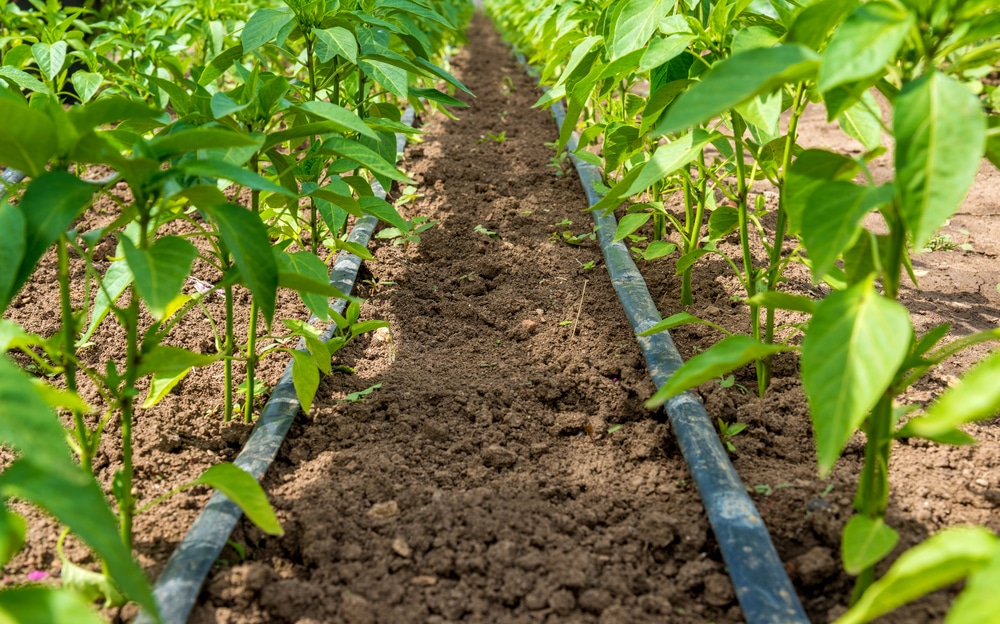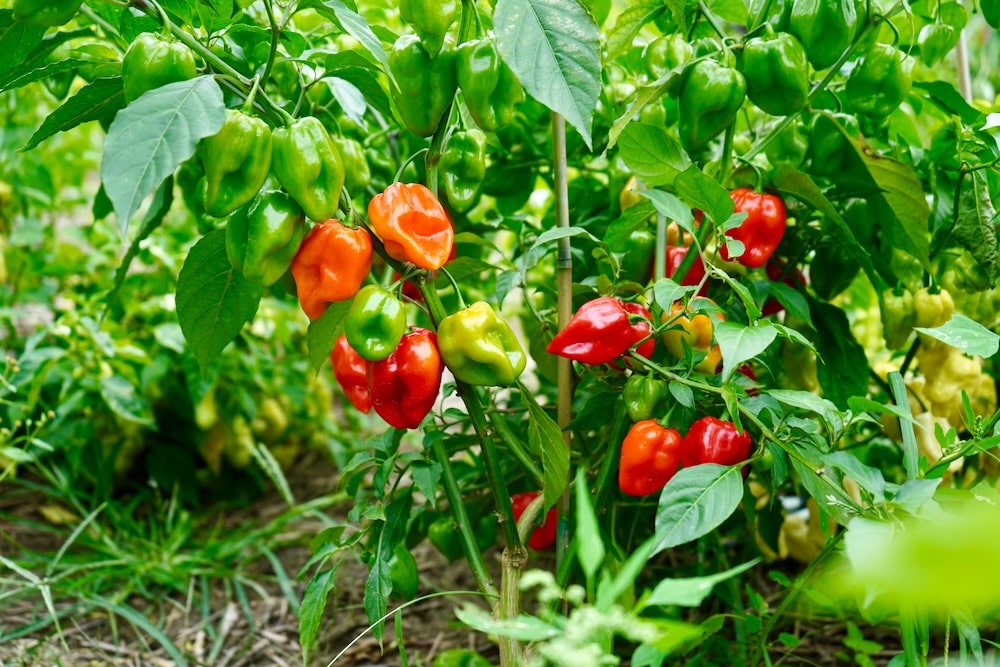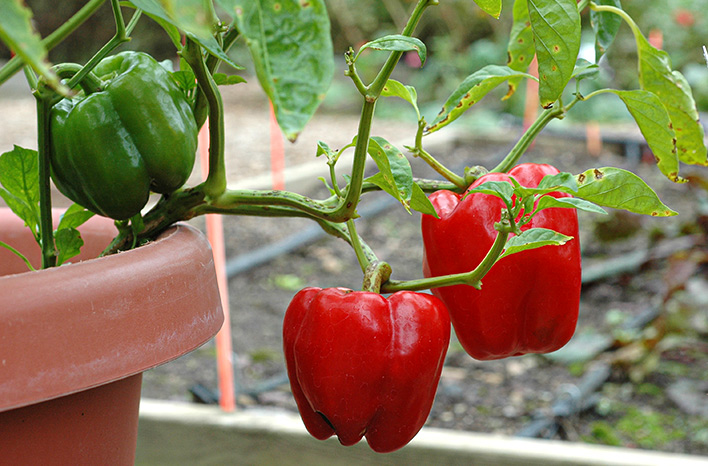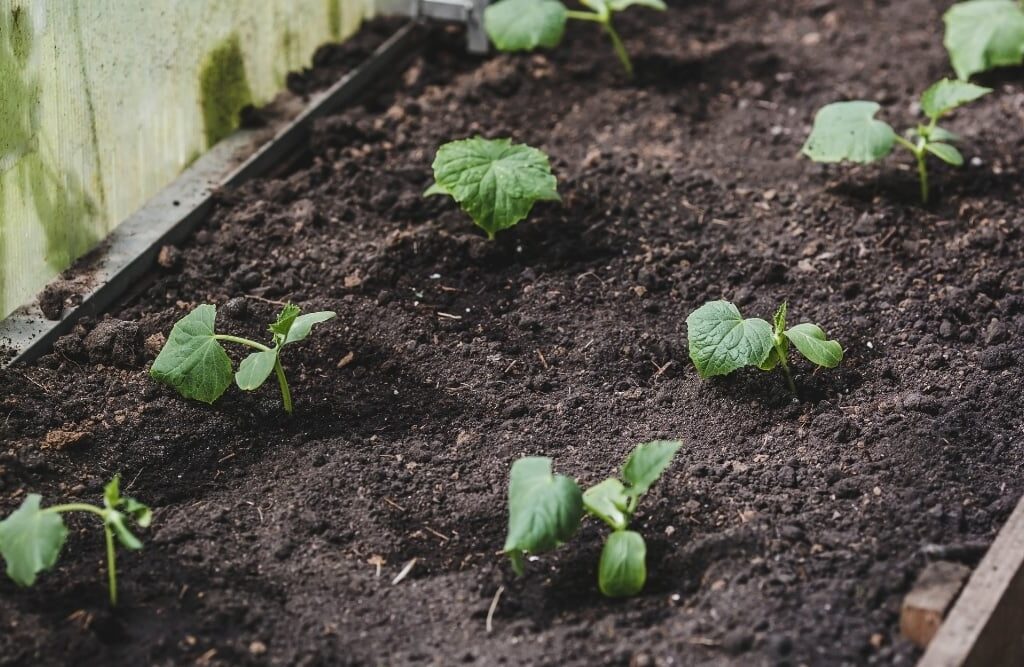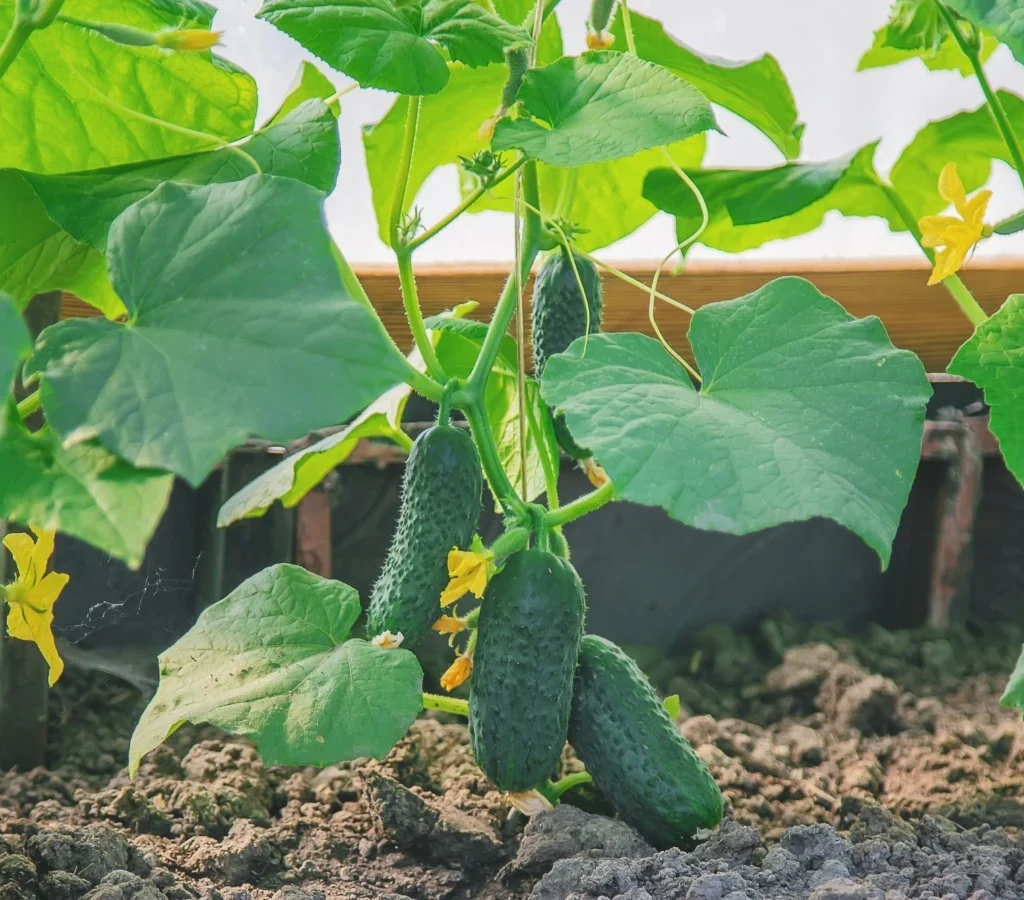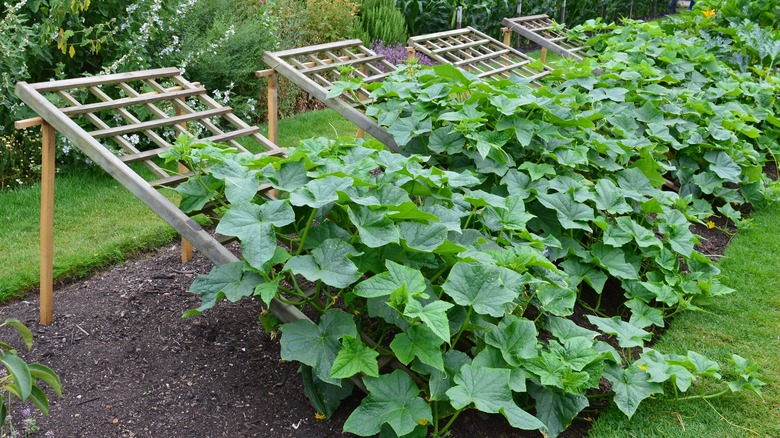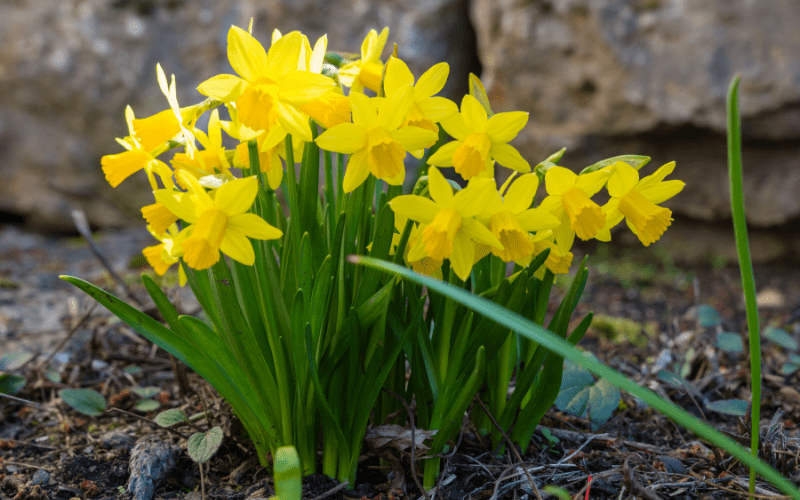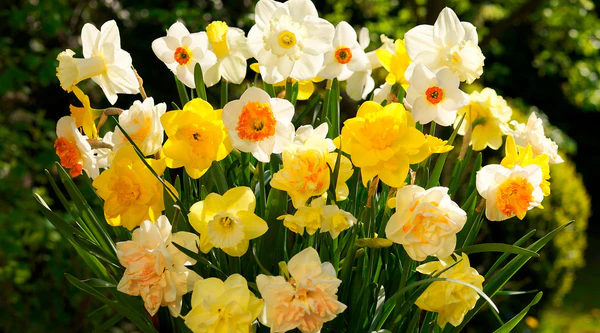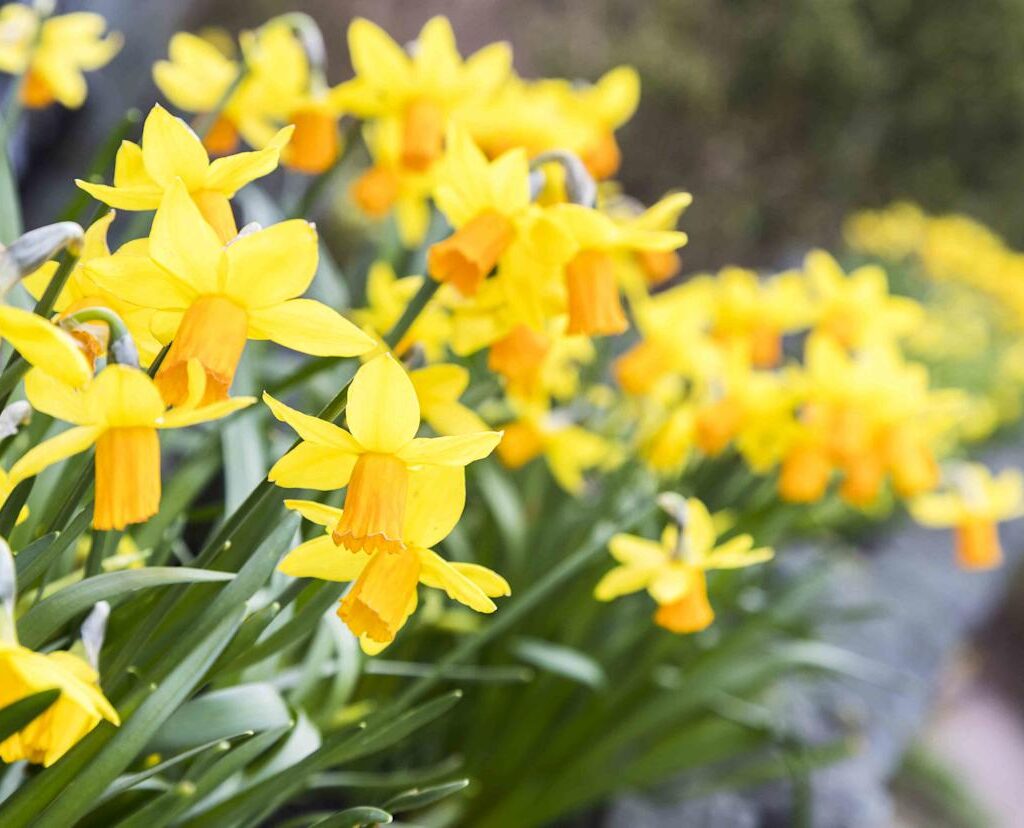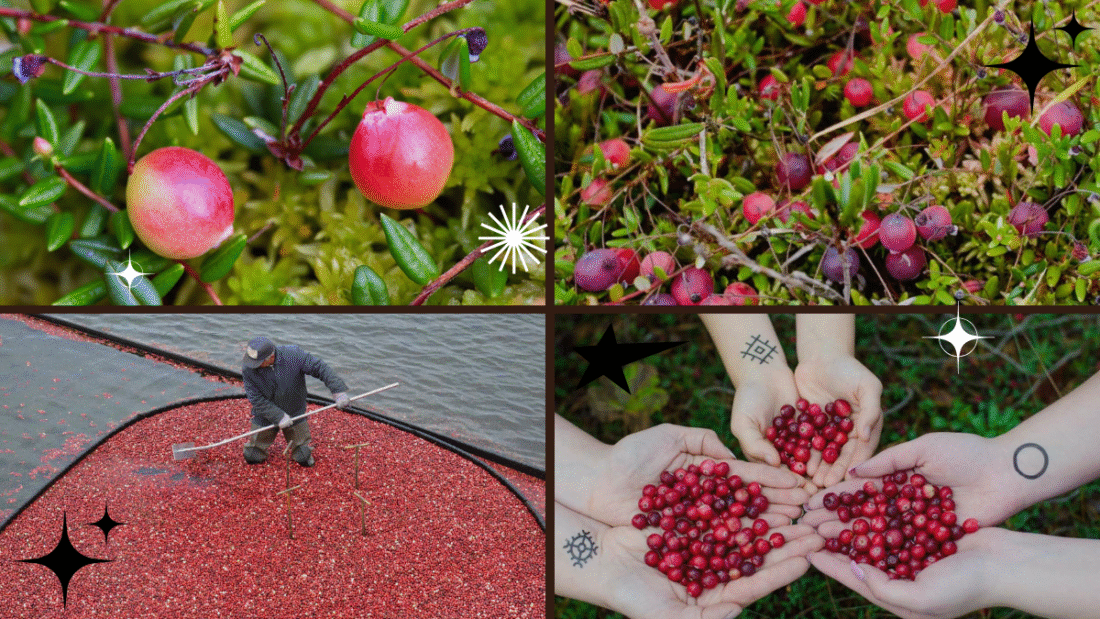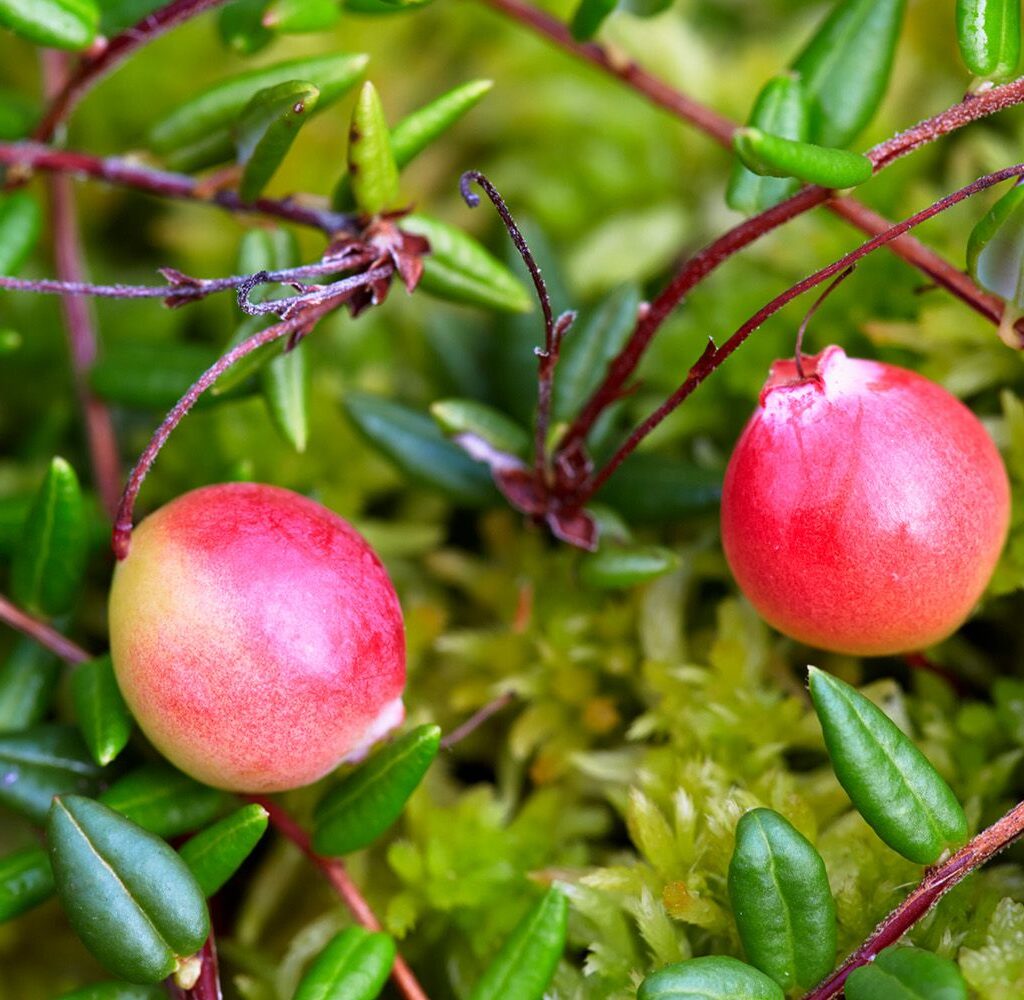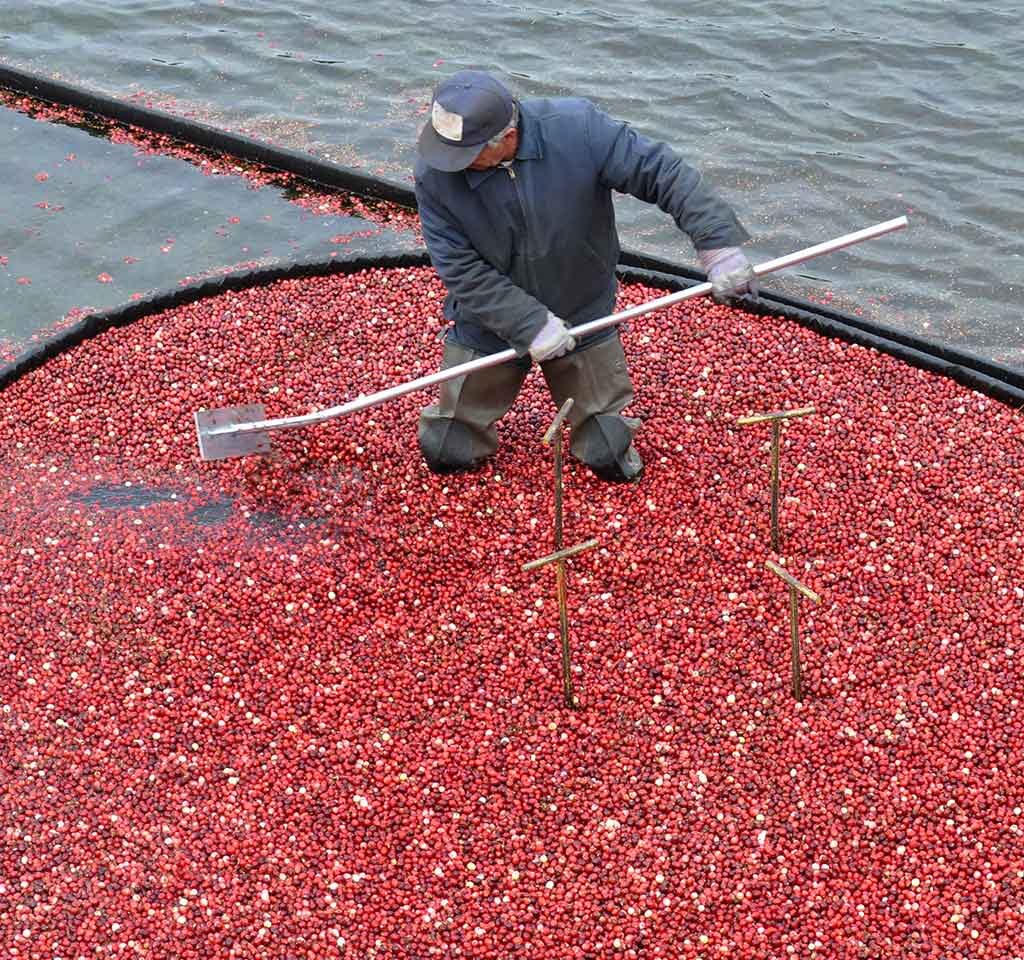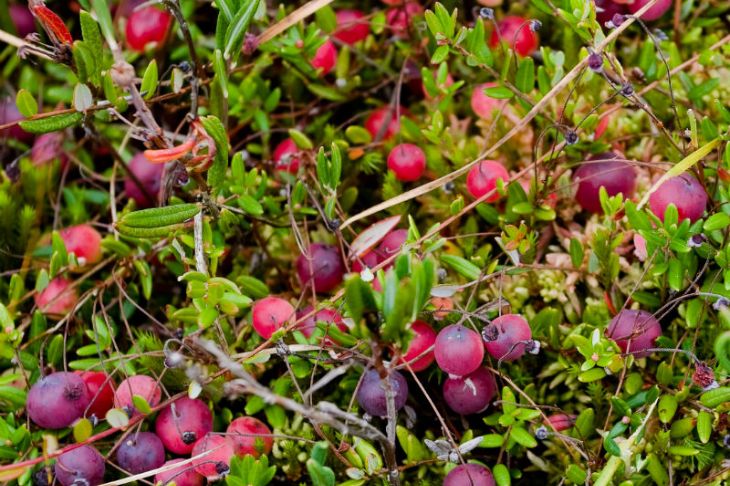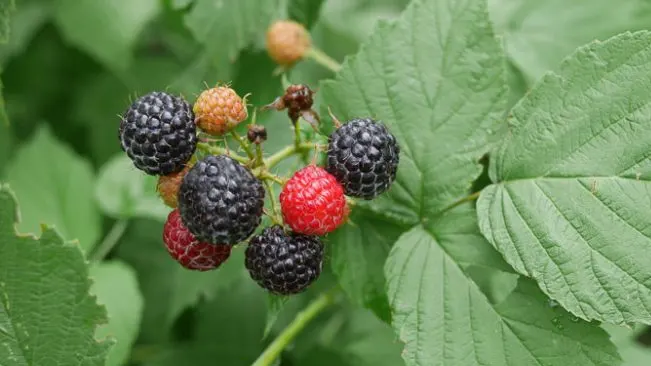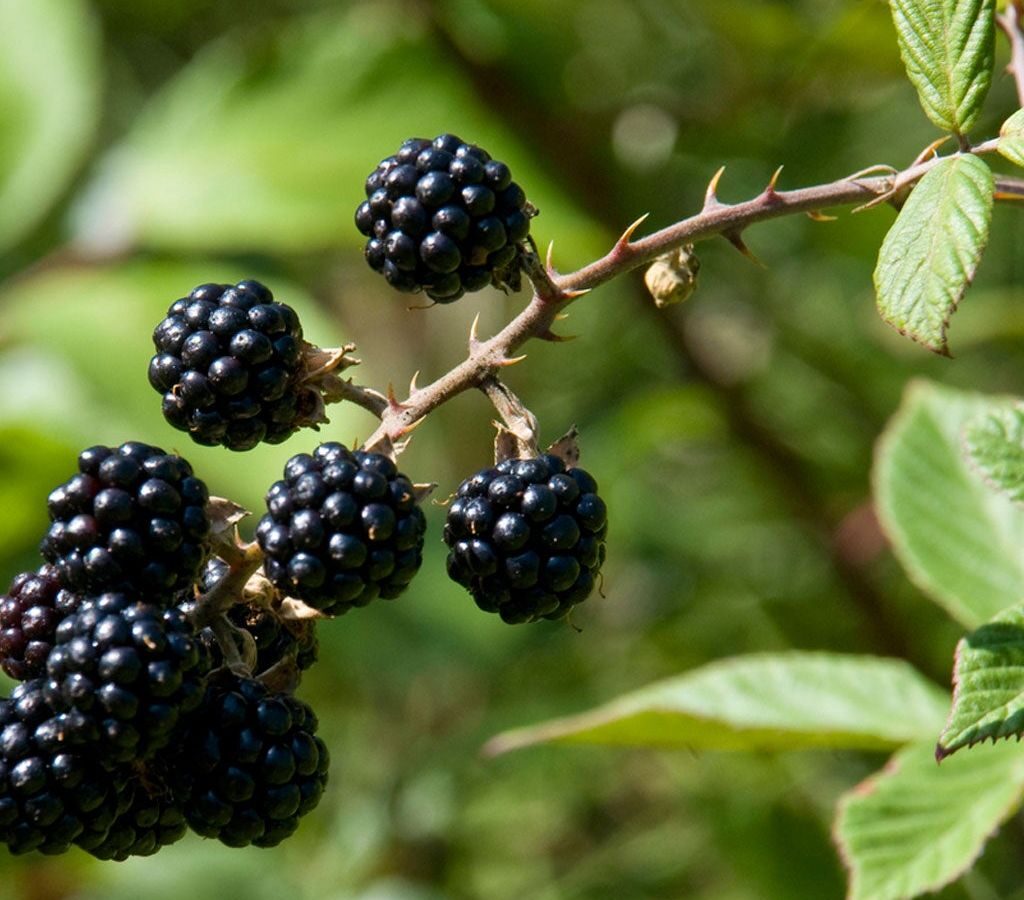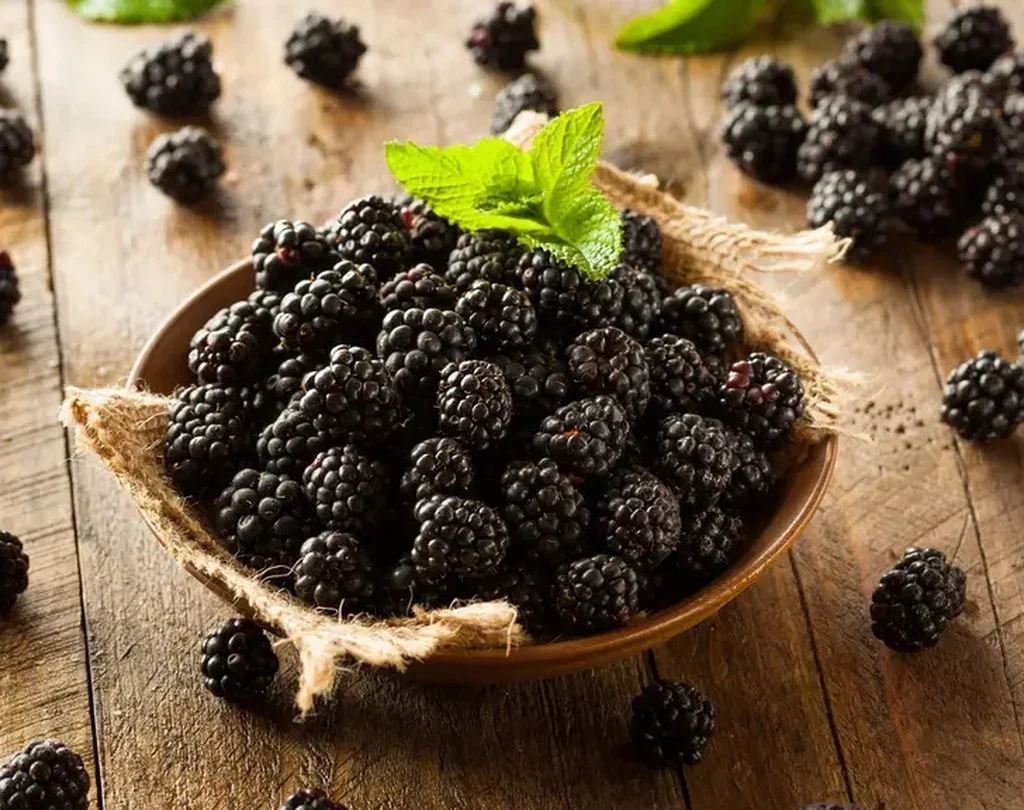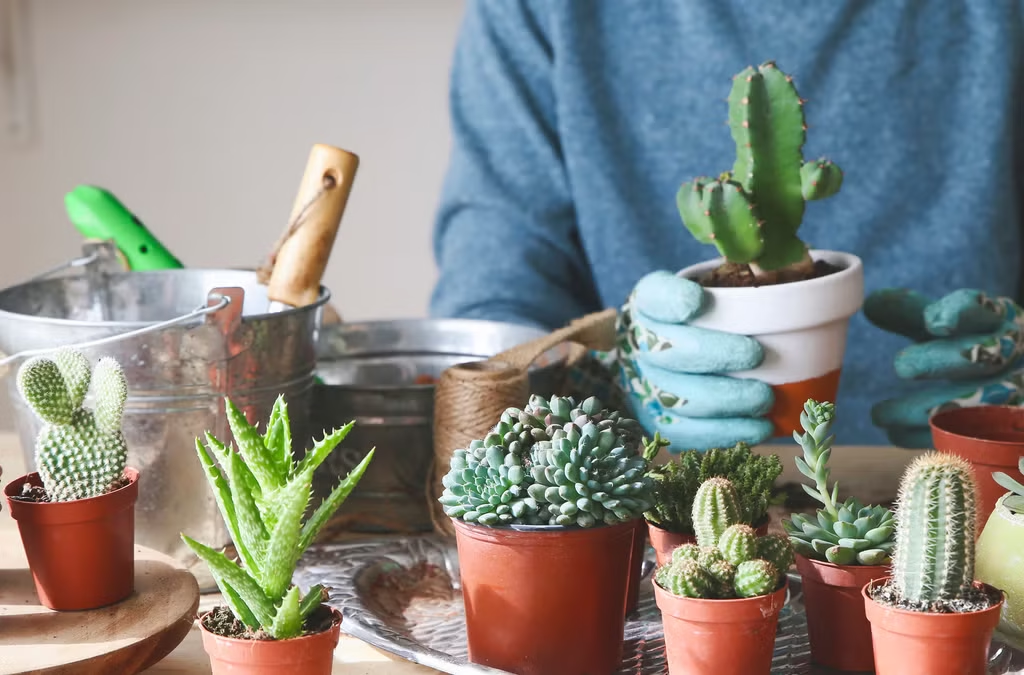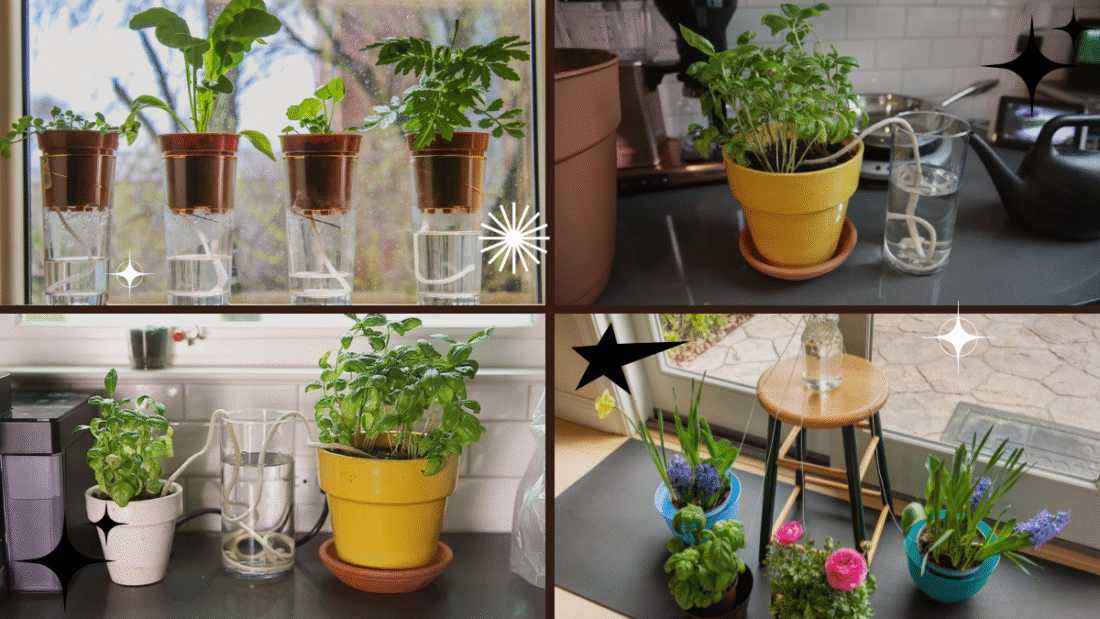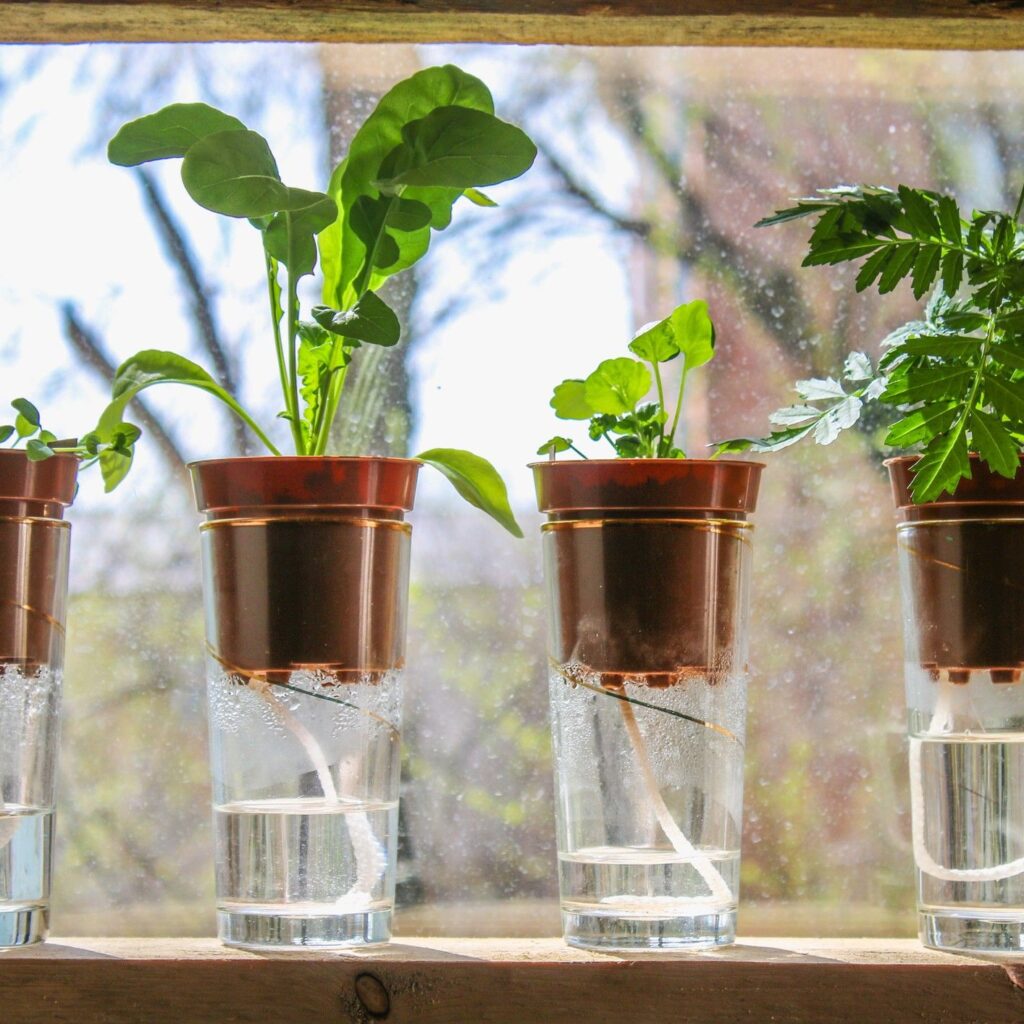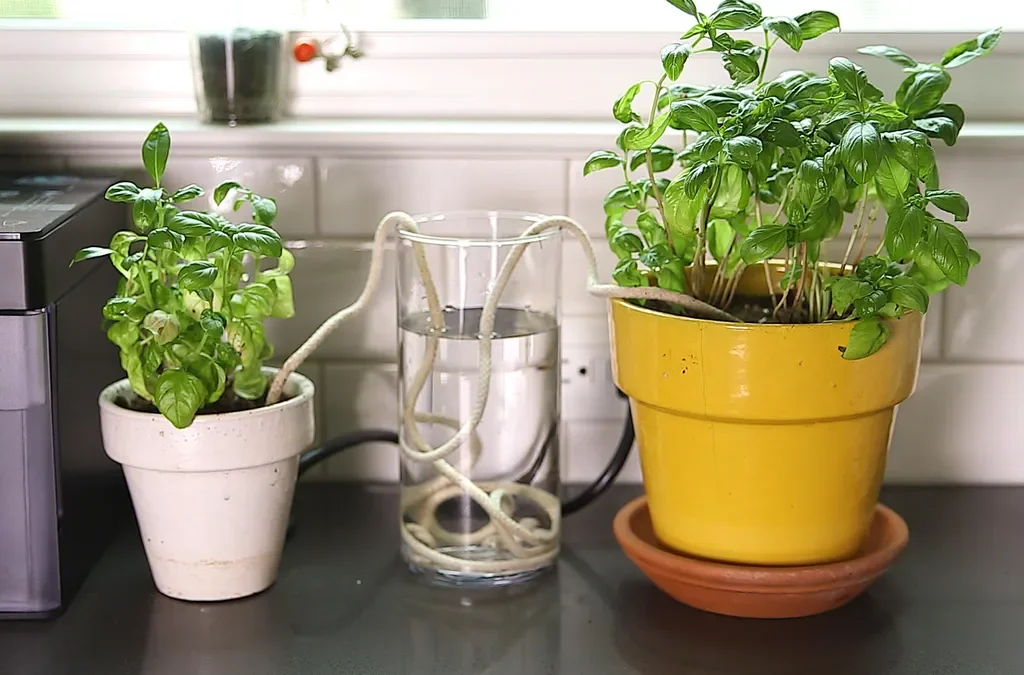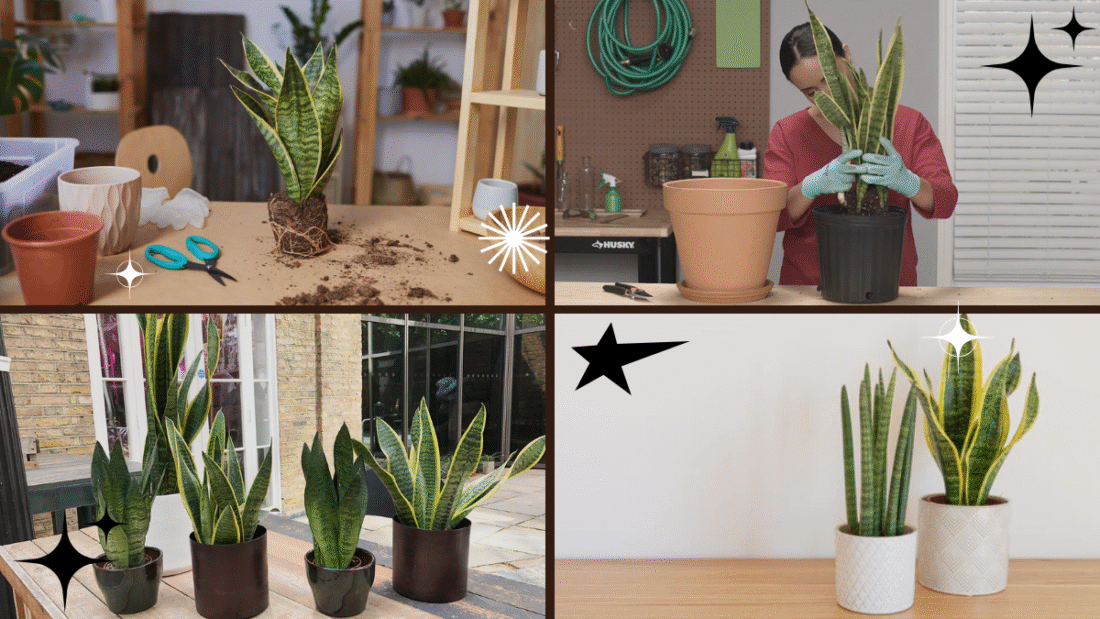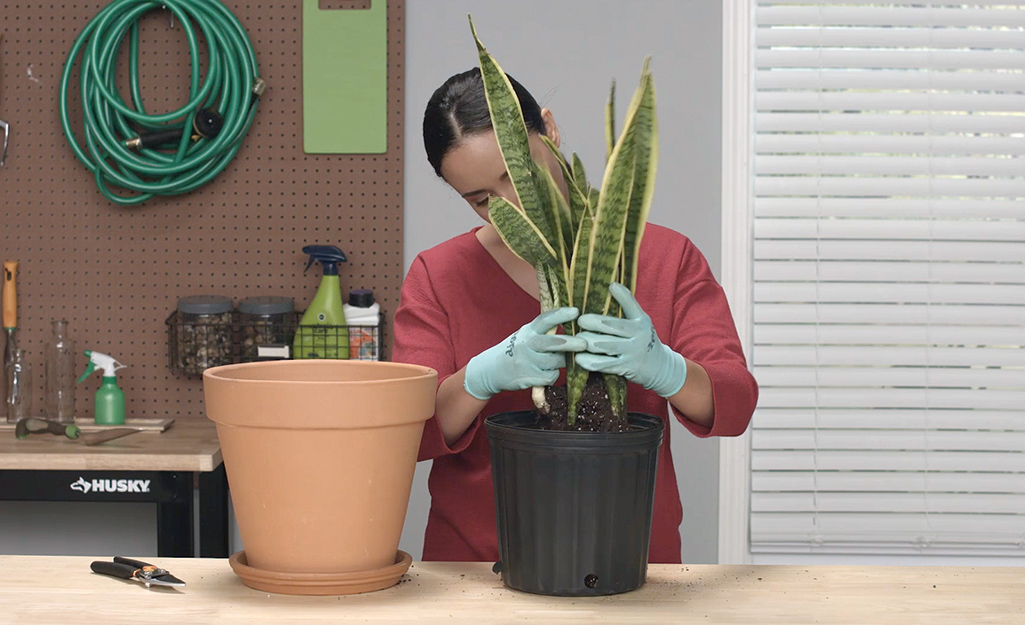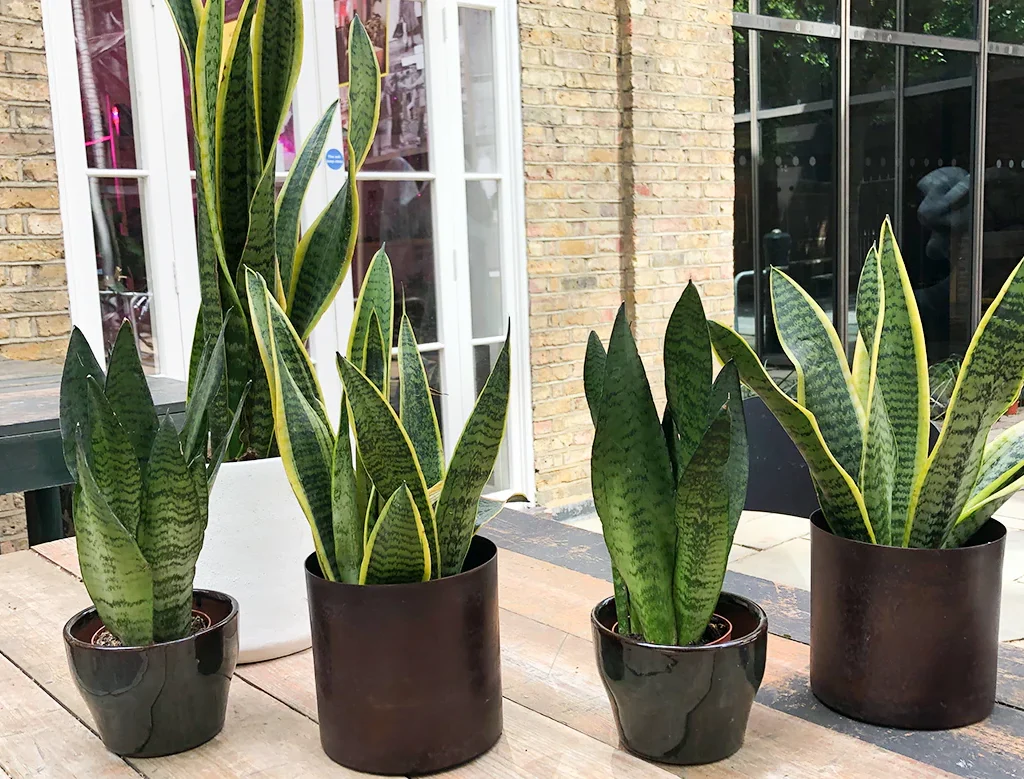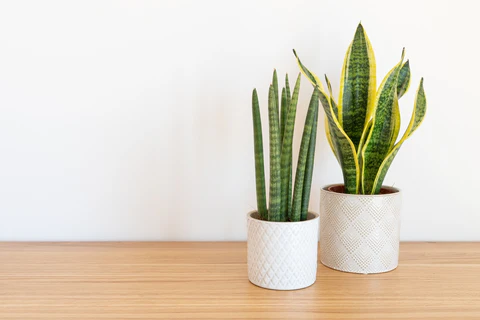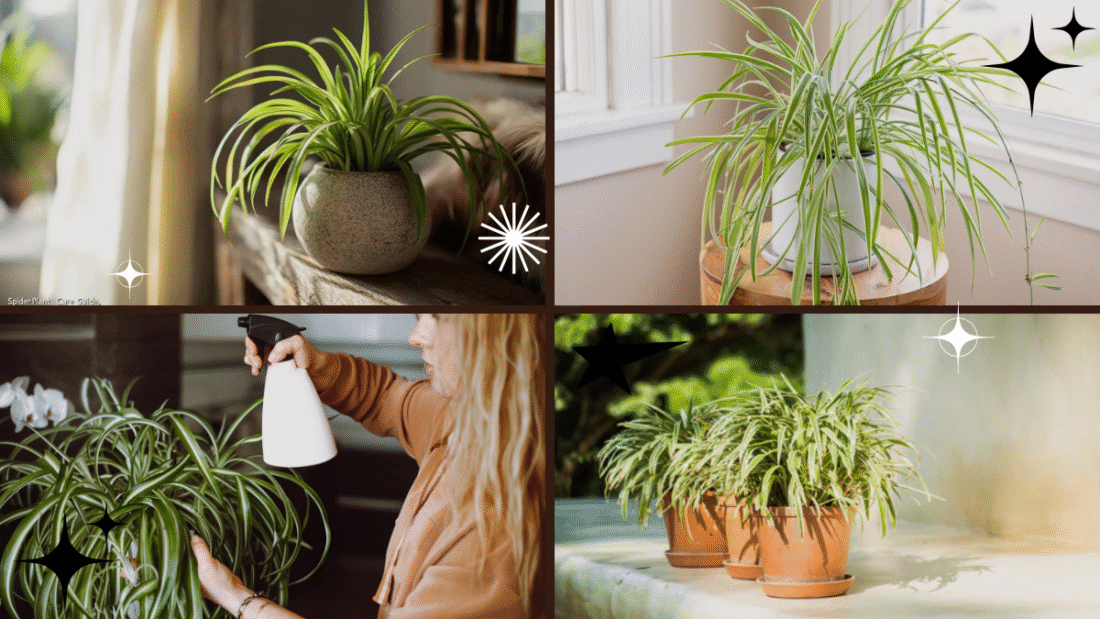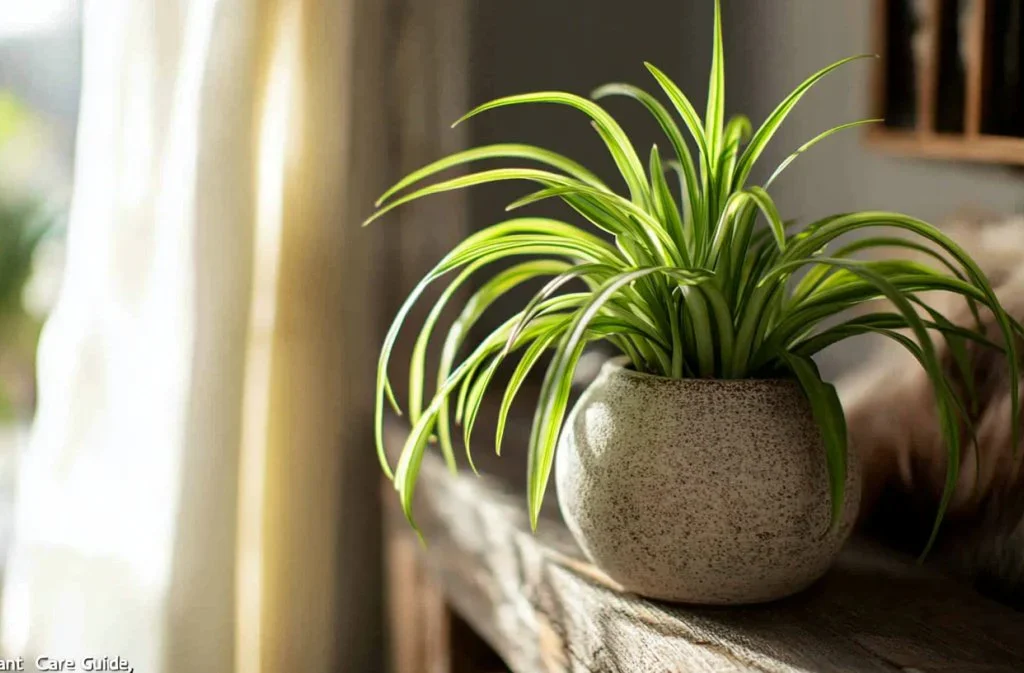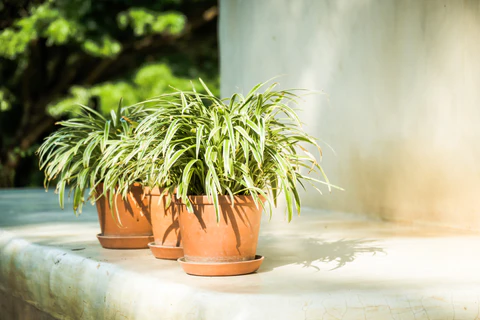If you’re thinking about growing your own weed plant, one of the first questions that probably comes to mind is “How long will it take?” Whether you’re cultivating cannabis for personal use or considering it as a hobby, understanding the growth timeline is essential for planning and achieving a successful harvest.
The short answer is: it takes anywhere from 3 to 8 months to grow a weed plant from seed to harvest, depending on the strain, growing method, and environmental conditions. However, there’s a bit more to it than that. In this detailed guide, we’ll break down the stages of cannabis growth, factors affecting growth time, and tips to speed up the process while ensuring quality results.

Factors That Influence How Long It Takes to Grow Weed
Several variables impact how long it takes for a weed plant to go from seed to harvest:
- Strain genetics: Different strains have different growth rates. Indica strains typically mature faster than sativas.
- Growing environment: Indoor grows offer more control and typically faster harvests than outdoor setups.
- Growing method: Autoflowering strains, hydroponic systems, or specific training techniques can significantly shorten the growing cycle.
- Experience level: New growers might take longer due to mistakes, while seasoned cultivators optimize each stage.

Weed Plant Growth Stages and Timelines
Let’s take a closer look at the cannabis plant’s life cycle and how long each stage typically lasts.
1. Germination Stage (3–10 Days)
This is where it all begins. The germination stage starts when a cannabis seed cracks open and sends out a taproot.
How to germinate:
- Place seeds between moist paper towels, in a glass of water, or directly in soil.
- Maintain warmth (70–80°F / 21–27°C) and darkness.
Timeline:
Usually 3 to 7 days for most seeds to sprout. Older or lower-quality seeds may take up to 10 days.
Sign of success:
A white root (taproot) emerges from the seed.
2. Seedling Stage (2–3 Weeks)
Once the seed sprouts and is planted in soil or a growing medium, it enters the seedling stage.
What happens:
- The plant grows its first set of rounded cotyledon leaves.
- More serrated “true leaves” follow.
- Seedlings need high humidity (65–70%) and 18–24 hours of light per day.
Timeline:
This stage lasts about 2 to 3 weeks.
Tip:
Avoid overwatering, as seedlings are fragile and prone to “damping off” diseases.
3. Vegetative Stage (3–8 Weeks)
The vegetative stage is where your weed plant focuses on growing leaves, stems, and roots.
What happens:
- Rapid growth occurs.
- The plant strengthens its branches and increases in size.
- Growers often perform low-stress training (LST) or topping to encourage bushier growth.
Timeline:
- Indoor growers: 4–8 weeks (you can extend or shorten it by controlling light cycles).
- Outdoor growers: Lasts from late spring through mid-summer.
Ideal conditions:
- 18–24 hours of light per day.
- Temperature: 70–85°F (21–29°C).
- Humidity: 40–70%.
Tip:
The longer you keep the plant in veg, the bigger it can grow — leading to potentially larger yields.
4. Flowering Stage (6–12 Weeks)
This is the most exciting and rewarding phase. During the flowering stage, the plant focuses on producing buds rich in cannabinoids like THC or CBD.
What happens:
- Plants begin showing pre-flowers (tiny pistils for females).
- Buds develop, swell, and mature.
- Aromas intensify.
Timeline:
- Indica strains: Typically 6–9 weeks.
- Sativa strains: 10–12 weeks.
- Autoflower strains: 6–8 weeks after the seedling stage, regardless of light cycle.
Indoor tip:
Switch light cycles to 12 hours of light and 12 hours of darkness to trigger flowering for photoperiod plants.
Ideal conditions:
- Temperature: 65–80°F (18–26°C).
- Humidity: 40–50% during early flowering, 30–40% in final weeks.

Total Timeline Breakdown
| Growth Stage | Indoor Growing | Outdoor Growing |
|---|---|---|
| Germination | 3–10 days | 3–10 days |
| Seedling | 2–3 weeks | 2–3 weeks |
| Vegetative | 4–8 weeks (adjustable) | Late spring to mid-summer |
| Flowering | 6–12 weeks (depending on strain) | Mid-summer to fall |
| Total Time | 3–5 months (autoflowers) / 4–7 months (photoperiod) | 5–8 months |

Can You Speed Up Weed Growth?
Yes — but it comes with trade-offs. Here are a few ways to shorten your grow cycle:
- Choose autoflowering strains: These strains automatically flower in 6–8 weeks after germination.
- Use hydroponics: Faster nutrient uptake can lead to quicker growth compared to soil.
- Optimize grow room conditions: Perfect lighting, temperature, and humidity help speed up plant development.
- Use high-intensity lights: LED or HPS grow lights accelerate growth, especially in the vegetative stage.
- Limit veg time: Indoor growers can switch to flowering earlier by adjusting light cycles.
Note:
While you can speed things up, sacrificing too much veg time might reduce final yields.
How Do You Know When Your Weed Plant is Ready to Harvest?
Timing your harvest is crucial for potency, flavor, and yield. Here’s how to tell:
- Pistil color: White hairs (pistils) darken to orange, brown, or red.
- Trichome appearance: Use a magnifying glass or jeweler’s loupe. Harvest when trichomes turn from clear to milky white (for peak THC) or amber (for more sedative effects).
- Bud firmness: Mature buds feel dense and sticky.
Common Mistakes That Slow Down Growth
- Overwatering: Leads to root rot and stunted growth.
- Incorrect light cycles: Can delay flowering or cause stress.
- Poor ventilation: Increases risk of mold and pests.
- Excessive nutrients: Causes nutrient burn and slows development.
- Temperature and humidity issues: Stress the plant and prolong each stage.
Final Thoughts: How Long Does It Take to Grow a Weed Plant?
In summary, growing a weed plant from seed to harvest typically takes 3 to 8 months, depending on your strain, grow setup, and experience. Autoflowering strains and indoor grows are generally faster, while photoperiod plants grown outdoors take longer.
Here’s a quick recap:
- Germination: 3–10 days
- Seedling: 2–3 weeks
- Vegetative: 3–8 weeks
- Flowering: 6–12 weeks
- Harvest-ready: In 3–8 months total
By understanding each stage and managing your environment carefully, you’ll be well on your way to growing healthy, high-yielding cannabis plants. Patience is key — but the payoff is absolutely worth it.



